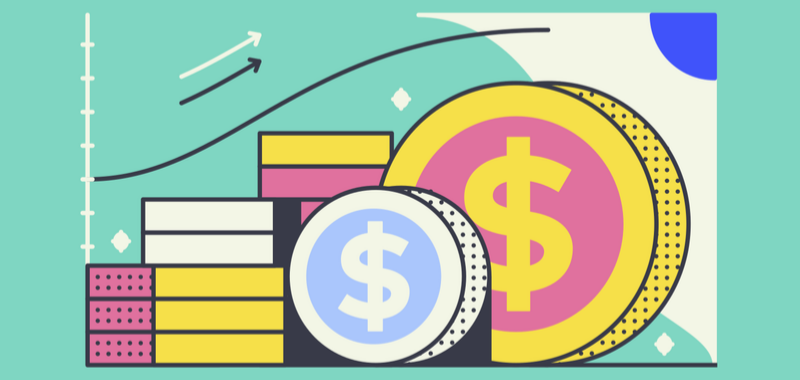Founders can use the pricing question to discover what the ‘price’ of their new product should be.
I’ve road-tested the pricing question with hundreds of entrepreneurs and their customers and it works. Often founders don’t realise just how much a solution is worth in the eyes of their customers.
Price is a tricky thing to set for any new product. It feels a bit like magic. Some companies set and command prices for entire categories, whereas others ‘race to the bottom’.
The price of your product signals many things and will come to define your business and type of customers you attract. And, ultimately, the valuation of your company.
Setting a price at the start can be a little scary. What if its too high and we don’t make sales? What if we set it slightly lower than our competitors, will that be enough to win them over?
Uncovering the ‘exact price’, however, is the wrong question to ask. You want to be discovering how your customers view value.
Specifically, what is the range of value given the problem you’re solving?
The Pricing Question
The pricing question is really two questions but asked in succession:
1. “At what price point would you consider this product so cheap you would question the quality of the product?”
2. And “at what price point would you consider this product so expensive you would never consider buying it?”
What this reveals is not one price but a range and almost always the founders I help are surprised by how high it can go.
Understanding what frustrates and motivates your customers can be revealed in understanding how they perceive value and the range of value — and it works even if you don’t define the solution. I would recommend keeping your solution vague in your first interviews to hear where they think they’ll get value.
Couple of things to note when using asking this question is that you should be asking this to many customers, not a few. I would recommend at least 10 customers preferably 20–50. And across specific customer segments.
If the price range is much smaller than what you wanted it could also mean the problem you’re tackling just isn’t very valuable in your customer’s eyes or the way your pitching it is being compared or anchored to an existing product — also very useful to know!
What Now?
Once you have the two numbers you need to think carefully about where on the scale you want to play.
If you have a quality product or a unique offering I always lean towards going high. It signals the true value you’re offering. More margin means more money you can invest in your team and improving your product. It also means attracting only serious customers.
If you have a reduced feature set or in a competitive market maybe start in the middle. Test a few things and get feedback.
I rarely recommend going to the cheapest price point as your margins disappear (and so does your business!). For startups, it’s often not a winning strategy. For big businesses, they can undercut the competition by pricing things super low to attract customers and absorb the losses through other means. You can’t.
Recommendations for First Time Founders
If you’re a first-time founder keep in mind when asking the pricing question:
- You can and should adapt the question based on your context and industry. As long as you get a low and high price point you’re off to a better start than trying to fix a single exact number
- If you’re launching your first product don’t stress too much on deciding on the right price straightaway. It’s better to get the range and experiment with your first 10–100 customers.
- The mantra, ‘you can lower price but can’t increase price one you set it’ is bullshit — you can and should increase your price as you increase your offerings
- Be careful when giving things away for free — you attract a different customer segment and basing your company strategy off their feedback can be dangerous
- I always like to ask myself, “who would I prefer to work my back off creating value for? The chump that wants a free/discounted ride or the customer that recognises the value and willing to pay for it?”
The pricing question is something you can adopt in all product feedback sessions. It works well from the very first customer interviews, even before you have released anything, too much later when you’re working on new feature sets with established products.
Like magic, once you understand the method it becomes easy to see.







1 comment